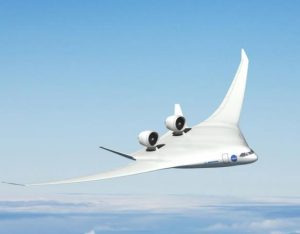Wings E: The Future of Flight?
In the rapidly evolving world of aviation, the concept of electric flight is taking off, and Wings E is at the forefront of this revolution. As we pivot towards sustainable transportation, electric-powered aircraft, symbolized by the innovative Wings E, are emerging as a key player in reducing carbon emissions and revolutionizing how we think about air travel.

Powering Up: The Electric Drive
Wings E represents the cutting edge of electric propulsion technology. Unlike traditional aircraft that rely on combustion engines, Wings E utilizes high-efficiency electric motors powered by advanced battery technology. These batteries are not only getting lighter and more powerful but are also capable of recharging rapidly, making electric flight more feasible than ever. With ranges now stretching into the hundreds of miles on a single charge, electric aircraft like Wings E are starting to challenge conventional planes for short to medium-haul flights.
Silence in the Skies
One of the most notable benefits of electric flight is the significant reduction in noise pollution. Wings E aircraft produce substantially less noise than their fossil-fuel counterparts, opening up new possibilities for urban air mobility. Imagine taking off and landing in densely populated areas with minimal disturbance to the surrounding community. This could pave the way for networks of electric vertical takeoff and landing (eVTOL) vehicles, transforming urban transportation.
The Green Advantage
Sustainability is at the heart of the Wings E initiative. By eliminating the need for jet fuel, these electric aircraft significantly reduce greenhouse gas emissions. As the electricity grid becomes greener with more renewable energy sources, the environmental benefits of electric flight will continue to grow. This shift is crucial in the aviation industry's efforts to combat climate change and could lead to a new era of carbon-neutral air travel.
Challenges on the Horizon
Despite the promising advantages, there are hurdles to overcome. The main challenge facing electric aircraft, including Wings E, is battery technology. Current batteries still can’t store as much energy per kilogram as jet fuel, limiting the range and payload of electric planes compared to traditional aircraft. However, with rapid advancements in battery technology and alternative energy sources like hydrogen fuel cells, these limitations are expected to diminish.
Taking Flight: What’s Next for Wings E?
As we look to the future, Wings E is not just a concept but a glimpse into the next chapter of aviation. Testing and development continue to push the boundaries of what's possible, with prototypes taking to the skies and proving that electric flight is not only viable but also the way forward.
With companies and governments worldwide investing heavily in electric aviation, the dream of widespread, sustainable air travel is closer than ever. As infrastructure evolves and regulatory bodies adapt, the skies could soon be filled with electric aircraft, making air travel cleaner, quieter, and more accessible.
Wings E stands as a beacon of innovation in this journey, symbolizing the potential for a radical shift in how we move through the skies. It represents not just the future of flight but a commitment to a more sustainable world. Discover how Wings E is shaping the future of aviation and join the revolution at Wings E.